Indoor gardening has been continuously gaining popularity over the past few years, and plant enthusiasts are always in search of unique plants to decorate their homes with. Among the many options available, red houseplants are standout showstoppers.
Whether you’re searching for a red houseplant for your home or as a gift for your friend, we got you covered! We’ve compiled a list of beautiful red houseplants that can make any experienced and newbie plant enthusiasts fall in love.
Poinsettia
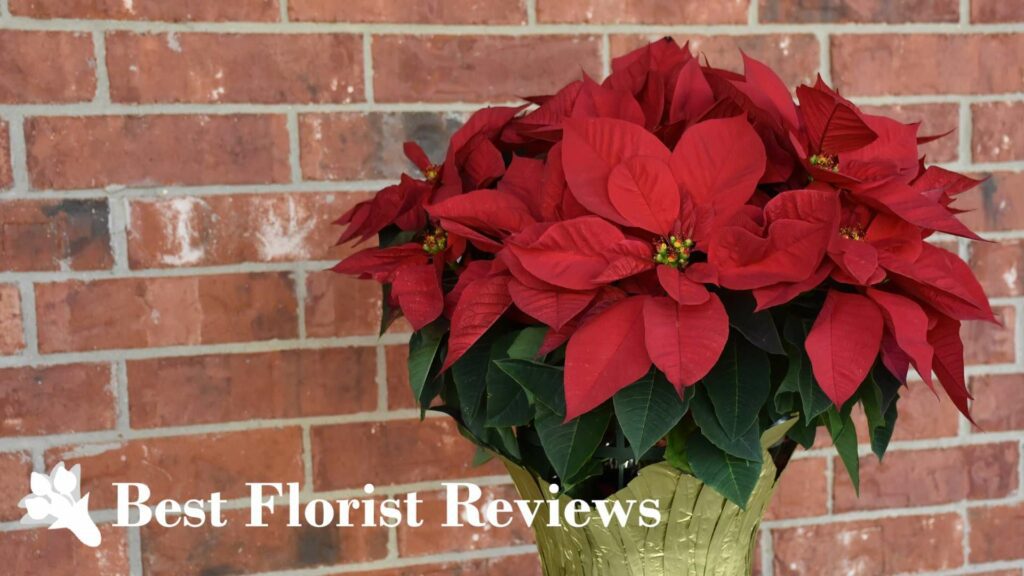

Poinsettias are among the most popular plant decorations during the holiday season. They’re easy to maintain during their growing season, but reblooming them can be hard, so many just use them as decorations for holidays.
The bright red leaf-like structures on the plant are often mistaken as petals, but they’re actually bracts, which typically surround the actual flowers to serve as protection. The flowers of poinsettia plants are actually the cluster of yellow flowers in the center.
Their popularity during Christmas can be associated with the Mexican legend of Pepita.
In this story, Pepita, a poor young girl, picked up weeds, as she didn’t have any gift for the sculpture of baby Jesus in their church’s nativity scene. When she offered the weeds, they suddenly turned into beautiful poinsettias.
Best for: Decorating houses and offices during the Christmas season. They also make great gifts for the hosts of your Christmas dinners.
Coleus
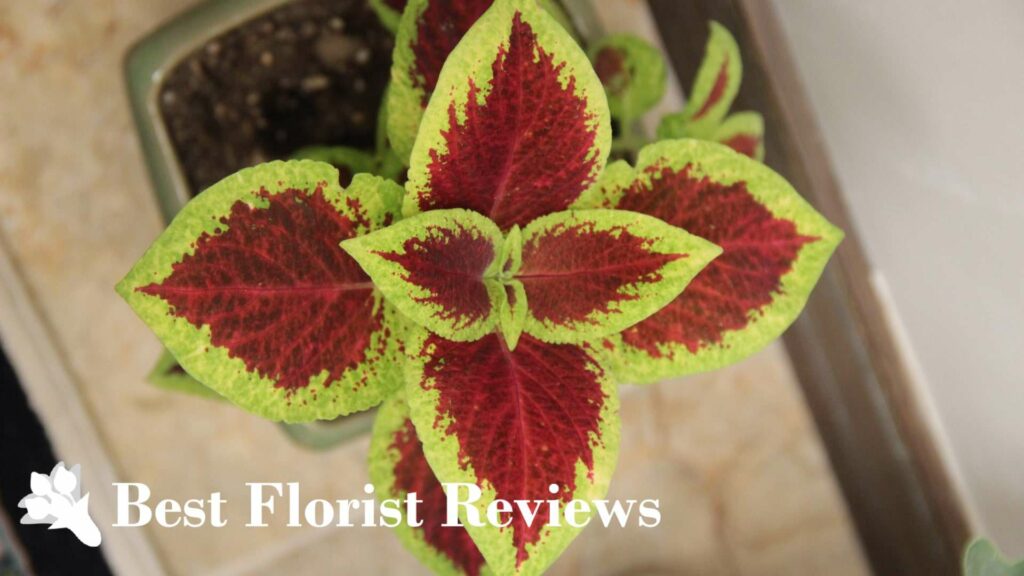

Coleus scutellarioides, more commonly known as coleus, is a species of flowering plant from the Coleus genus of the Lamiaceae family. Unlike the popular plants in its family, coleus is mostly cultivated as an ornamental plant and not as a herb.
Leaves of red coleus plants aren’t usually fully red. They typically have intricate patterns and bright green borders that contrast their red centers.
Coleus are generally low-maintenance and very versatile, so many homeowners actively seek them. They can be used as bedding plants, borders, ground covers, or accent plants.
Best for: Decorating bedrooms that don’t receive much natural light. The plants can tolerate shade, so they can bring color to a dark room.
Painted-Leaf Begonia
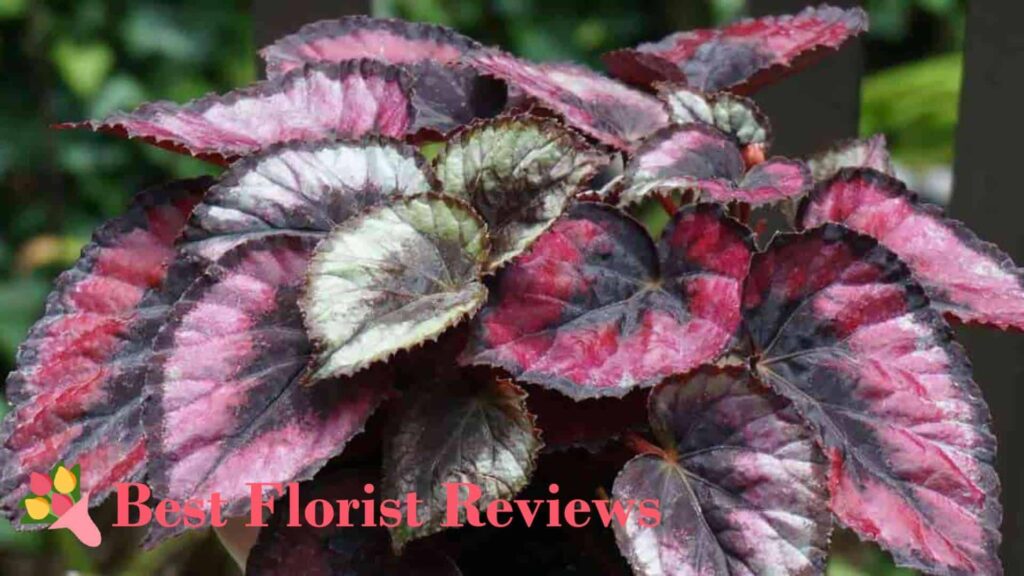

Painted-leaf begonias, scientifically known as Begonia rex, are flowering plants that are native to India. They are cultivated all around the world for their attractive foliage.
Although they’re known flowering plants, their main attraction isn’t their flowers but their striking red leaves. They usually have intricate patterns and black centers, making them eye-catching.
Their flowers are small and unnoticeable, so many plant owners prefer to remove them to divert all of the focus to the leaves.
They thrive in indoor settings, as direct sunlight can damage their beautiful foliage. Just be careful if you have children or pets, as they can be mildly toxic when ingested.
Best for: Individuals who love dramatic plants. The plant usually has a dark center which adds to the mysterious and dramatic appeal of its red leaves.
Polka Dot Plant
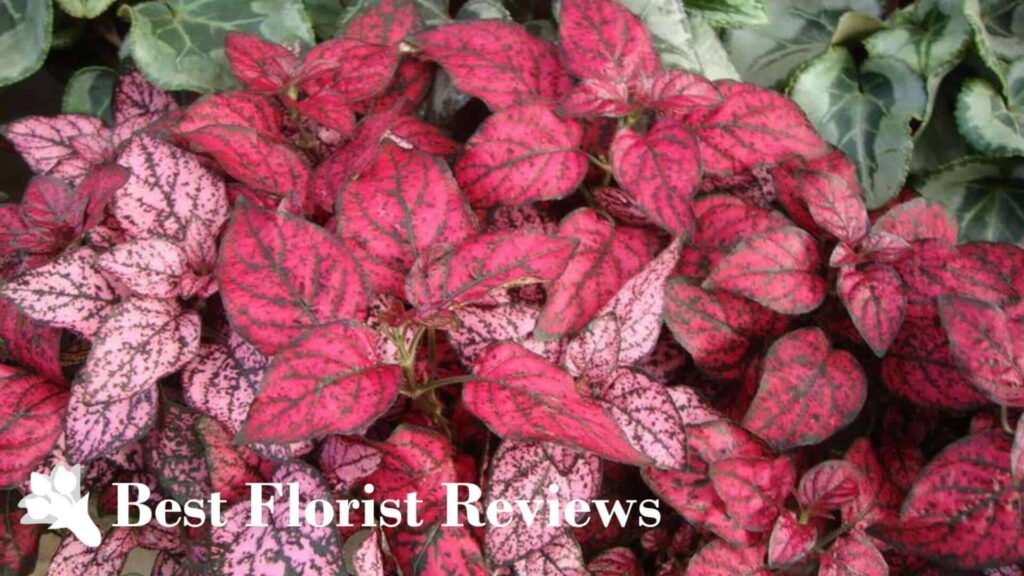

Hypoestes phyllostachya, commonly known as polka dot plant and freckle face plant, has distinctive speckled leaves that are widely sought-after by many homeowners.
The leaves are usually pink and red with brown or white spots, giving the plant its common name. Its unique and stunning leaves can add color to any indoor space, making them great houseplants.
Polka dot plants are easy to maintain and don’t require much attention, so even first-time plant owners can grow them. They’re also safe for children and pets.
Best for: Friends and relatives who believe in Feng Shui. Polka dot plants are believed to represent positive energy and cleanliness in Feng Shui, so having one can help balance the energies inside the house.
Red Veined Nerve Plant
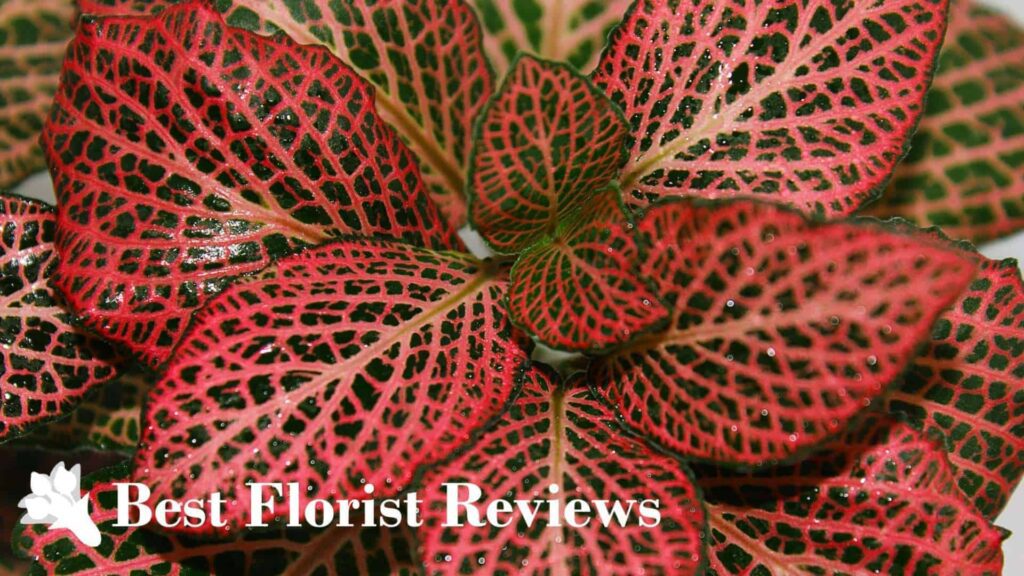

Red veined nerve plants, scientifically called Fittonia albivenis, originated from the rainforests of South America. Hence, they thrive best in humid and warm temperatures.
Consider placing the plants on a humidity tray to provide them with optimal growing conditions. Small humidifiers can also help in keeping the plants alive and healthy.
Spraying water on the plant’s foliage can also help provide the humidity it needs, but be careful not to overwater it. The plant can die from root rot when the soil is too soggy.
The plant got its common name from the prominent red vein-like patterns on the leaves that resemble the nerves in a nervous system. The name “nerve plant” reflects the unique feature that sets it apart from other house plants.
Best for: Individuals who have experience in raising other house plants. Although they aren’t hard to grow, maintaining the right temperature and humidity for the plants may be challenging for new plant owners.
Red Moon Cactus


Red moon cactus can only grow up to 12 inches tall, but they can bring a huge impact in your or your friend’s indoor spaces. The small, bright red, globe-shaped scion has an eye-catching feature that can draw anyone’s attention.
The cactus has a dark green base, called rootstock, that’s responsible for providing support and nutrients to the scion. This base looks similar to the typical cactus that we know.
The red moon cactus requires bright, indirect light to maintain its bright red color. It’s a very low-maintenance plant and won’t suffer much from neglect as long as you water it every 2 to 4 weeks.
Unlike the other plants here, which can be propagated through seeds, the red moon cactus can only be propagated through grafting. In this method, the scion has to be attached to a compatible rootstock to help it heal and grow.
Best for: Individuals who work from home. The cactus helps filter out harmful chemicals and improve air quality, which is useful for people who mostly stay at home.
Earth Stars Bromeliads
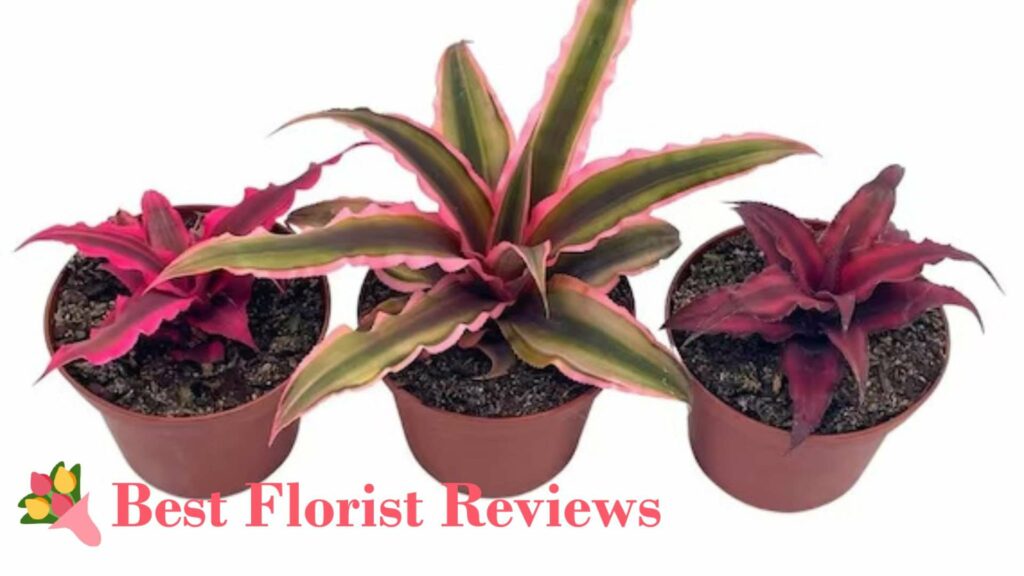

Cryptanthus bromeliads, more commonly called earth stars, are striking plants from the Bromeliaceae family. They’re prized for their unique rosette-like shape and stunning foliage.
They usually have thick red leaves with green stripes in the center. Other species of the plant may also have unique patterns like spots or mottling.
They can be grown both indoors and outdoors, but be sure to let your gift recipient know that direct sunlight can damage the plants’ leaves. They should be placed in areas that receive filtered light or dappled sunlight.
Earth star plants are relatively low maintenance and won’t need regular pruning or repotting. They also have moderate tolerance for drought, so a week or two of no watering won’t kill the plant.
Best for: Friends or relatives who live in regions without severe winters, as earth stars cannot withstand freezing temperatures.
Scarlet Sage
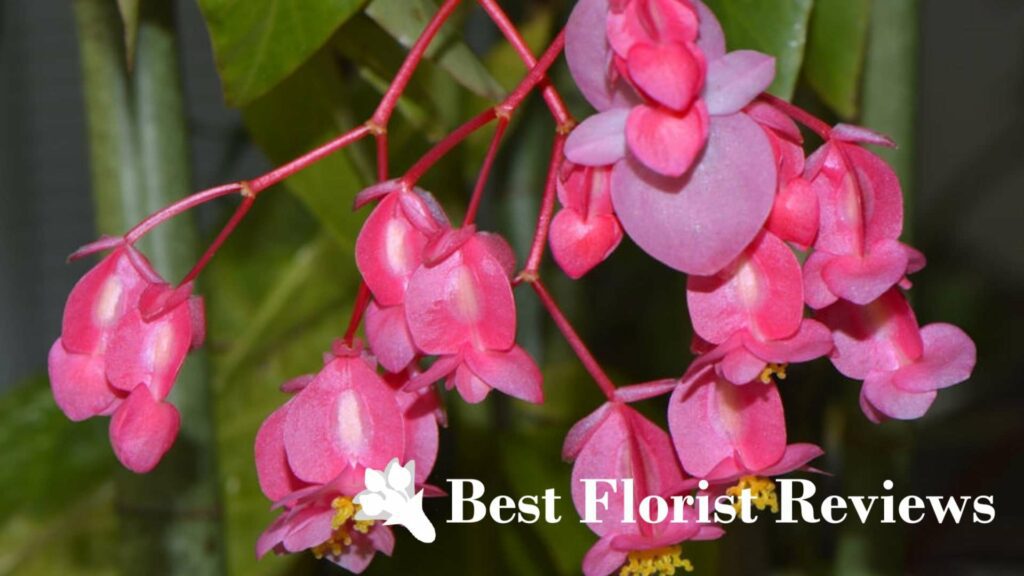

Scarlet Sage is a flowering plant from the Lamiaceae family that’s native to South America. Plants of this species have bright scarlet-colored flowers and attractive green foliage.
The plant produces clusters of pendulous flowers on thin stems. These flowers make them excellent accent plants for living rooms and offices.
Scarlet sage plants are also generally beginner friendly. They’re easy to grow and are not vulnerable to pests and diseases.
The only time they can be tricky to maintain is during the winter season. The plants can’t tolerate freezing temperatures, so they should always be kept indoors during winter.
Best for: Individuals who love plants with showy flowers; scarlet sage produces attractive small flowers.
Garden Croton
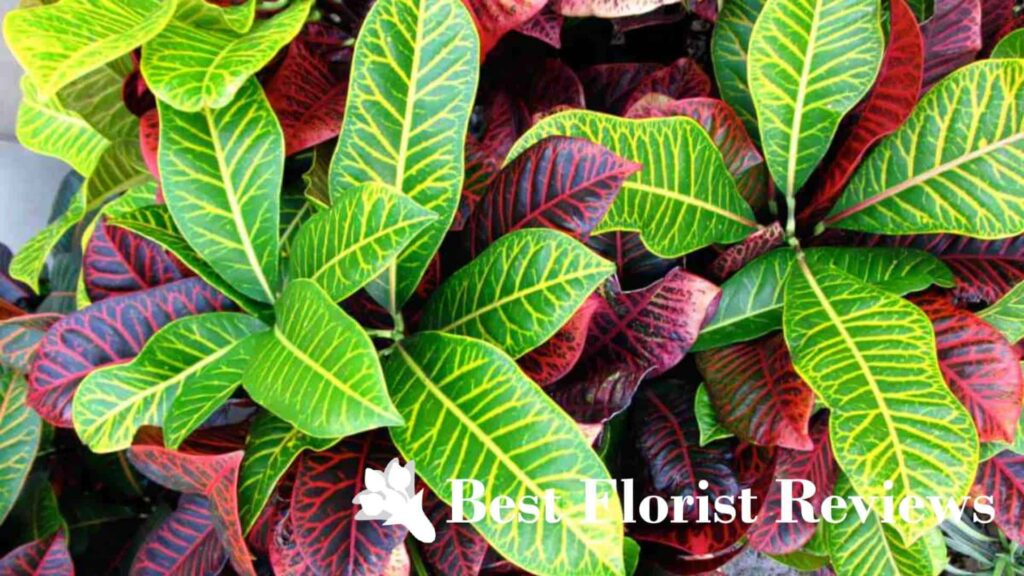

Garden croton is a plant species under the Codiaeum genus of the Euophorbiaceae family. The plants of this species are native to Australia and Southeast Asia, specifically Malaysia and Indonesia.
They have large, leathery leaves that come in a wide variety of colors ranging from bold, bright colors like red, orange, yellow, and green to more subdued hues like purple and cream.
They can be grown both indoors and outdoors, depending on the climate. They can also add a tropical touch to your or your friend’s living room and garden landscape.
If grown indoors, inform the recipient that the sap from the plant can cause skin irritation, so always keep them out of children’s reach. Accidental ingestion of their seeds can also be fatal, so it’s always best to be careful around them.
Best for: Individuals living alone. Ingestion of the plant and its seeds may be fatal to children, so it’s not advised to give it to families with toddlers.
Blood Leaf Plants
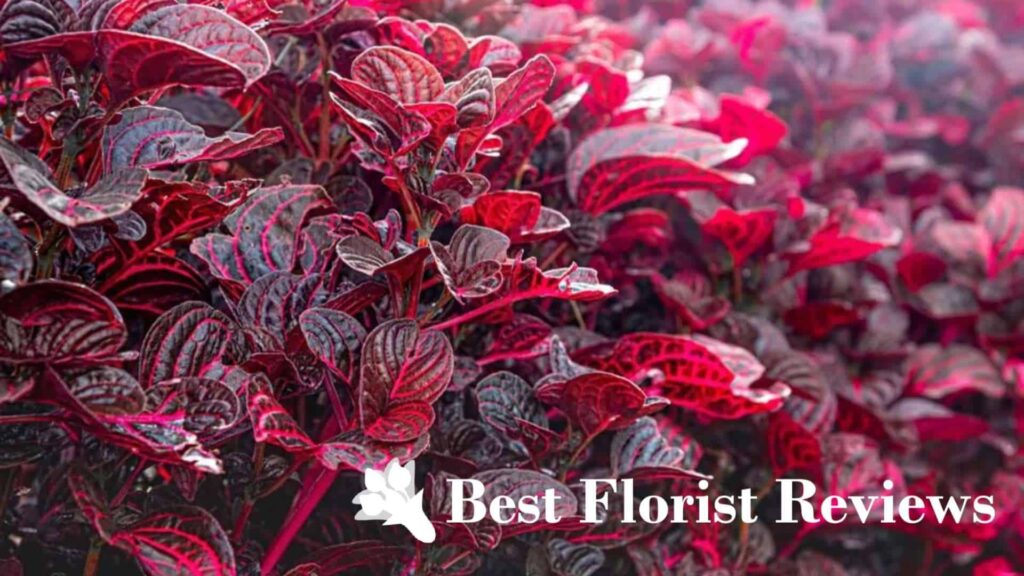

If the name blood leaf is not enough to catch your attention, the plant’s ovate-shaped and bright red-colored leaves surely will. With the plant’s prominent veins and glossy leaves, it can be the highlight of the giftee’s home.
They’re medium-sized plants that can only grow up to 18 inches tall if grown indoors. They can also be used as borders for gardens where they grow up to 5 feet tall.
Not only are these plants stunning, but they can also be used to make teas. The leaves are rich in antioxidants, so teas made with them have a lot of medicinal value.
In fact, the leaves were also traditionally used to heal wounds and treat various skin diseases.
Best for: Young adults who recently moved into their own home. The plant’s unique scarlet leaves can capture the hearts of the younger generation and make them fall in love with plants.



